As organizations increasingly embrace cloud technology, the importance of effectively managing and optimizing cloud resources has reached a critical level. Cloud asset management software (CAMS) offers the necessary features to ensure streamlined resource management, cost-efficiency, security, and compliance within cloud-focused ecosystems.
To help you navigate this dynamic environment, we present the top 12 cloud asset management software.
Cloud asset management software provides visibility and control over all the assets and infrastructure within your cloud environment. It empowers your IT teams to efficiently monitor cloud estate, ensuring seamless operations and real-time visibility into your cloud inventory. In the process of asset management, these tools help IT teams manage and optimize their cloud computing resources and assets.
Some of the key benefits of cloud asset management software include the following:
- Cloud asset management tools bolster your security and compliance efforts by enabling the monitoring of crucial security measures.
- These tools allow you to gain comprehensive visibility into your cloud asset inventory, empowering you to make informed decisions.
- Utilizing automated processes, these tools efficiently discover and manage your assets while delivering real-time information.
This article will discuss the top 12 cloud asset management tools available in 2025. But before that, let us introduce you to Zluri.

Zluri, a modern SaaS management platform, helps IT teams discover, track, manage, and monitor the SaaS apps in the organization. It offers deep visibility into your SaaS ecosystem and optimizes your entire infrastructure. With Zluri, you can view all the SaaS subscriptions in one platform and eliminate SaaS wastage. It provides IT teams greater control over their tech stack. Well, Zluri uses nine discovery methods to find 100% of SaaS apps and licenses in your organization. This includes MDMs, IDPs & SSO, direct integration with apps, finance & expense management systems, CASBs, HRMS, directories, desktop agents (optional), and browser extension (optional).
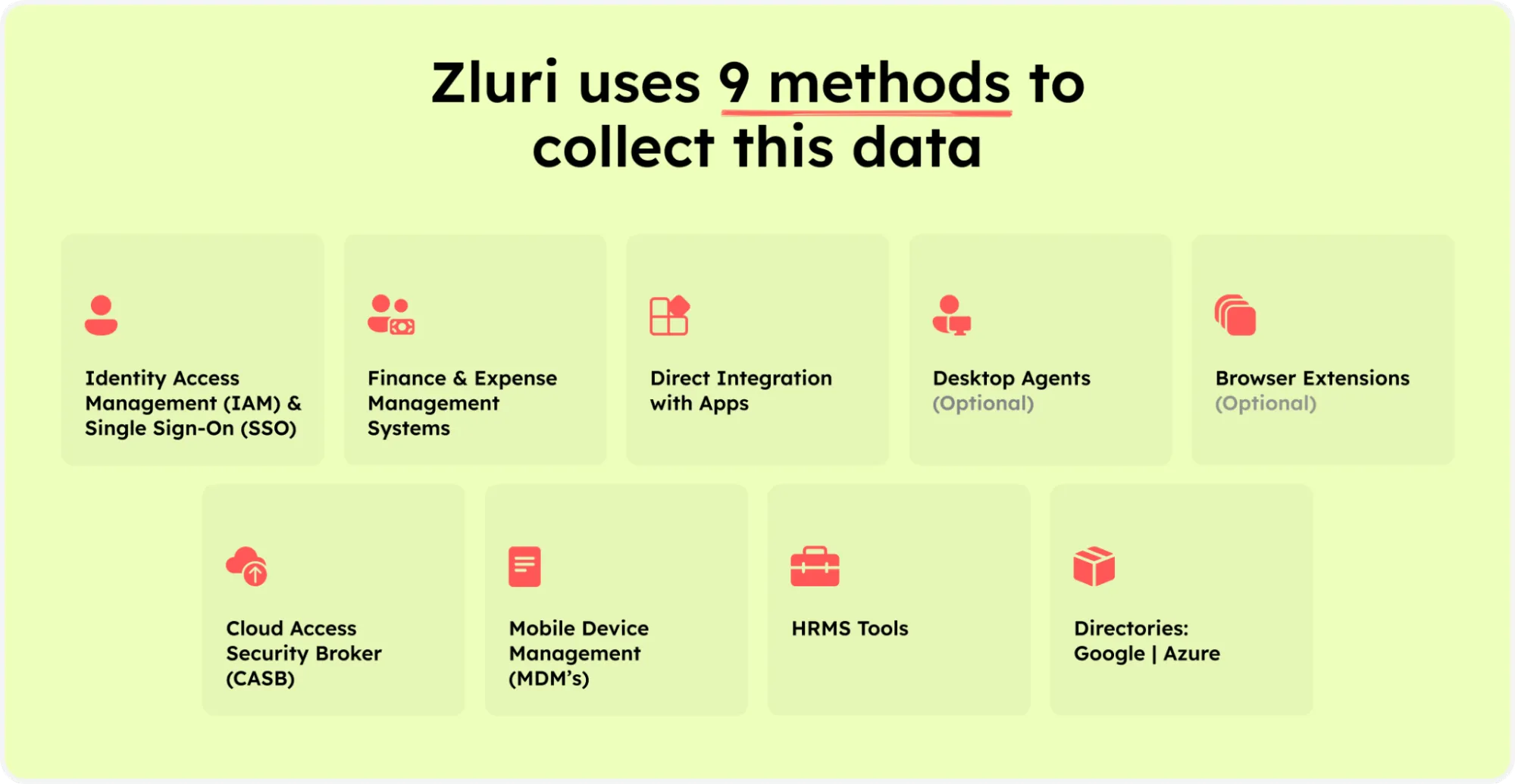
Zluri’s nine discovery methods
One of its key-feature “usage monitoring,\" helps you to optimize your SaaS stack, application efficiency, and licensing costs. It allows you to closely observe and analyze how your organization uses its various SaaS applications.
Usage monitoring helps pinpoint any inefficiencies or bottlenecks in your SaaS workflow. For example, it can reveal if specific applications are causing delays or if employees are underutilizing productivity tools. This data allows you to take corrective action to streamline processes.
Every SaaS application typically comes with a cost, often based on the number of users or the usage level. Zluri's software license Management helps IT teams easily track apps, users, license types, number of licenses for each type, user role, and spending on one platform.
Moreover, it gives a clear view of the subscriptions, contracts, and perpetual licenses. Thus, it helps you track whether you're paying for licenses not being fully utilized. By identifying and addressing these inefficiencies, you can perform better cost management and reduce unnecessary expenditures.

This cloud-based solution gives you a centralized database with detailed reports on unused and abandoned apps, helping IT teams rightsize unused licenses or downgrade to a suitable tier.
Renewal Licenses: Zluri 's advanced feature alerts you about your upcoming payment and contract renewals, giving you enough time to decide whether or not you need the licenses.
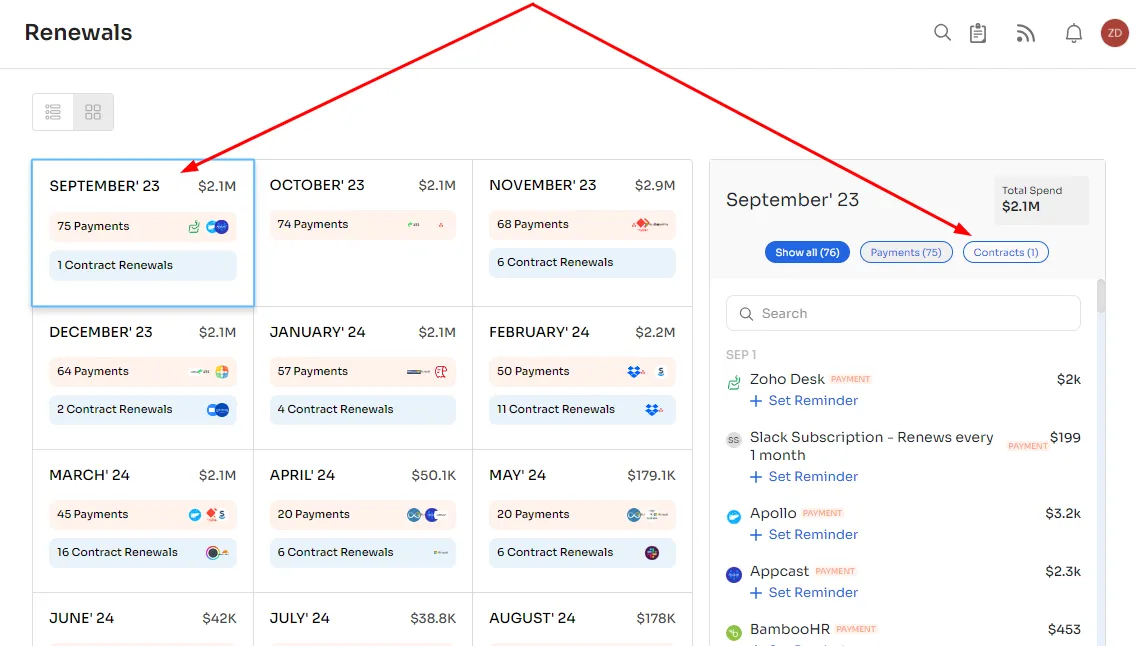
Renewal Calendar
For contracts, you get alerts 30 days, 15 days, and one day in advance. For payment, you get seven days and 1-day alerts. And you can set custom alerts as well. This helps you prioritize high-value contracts.
Zluri simplifies vendor management, overseeing your software vendors, licenses, and contract renewals. By providing convenient access to metadata, it effectively curtails software expenses and enhances overall ROI. As a result, it streamlines the entire software license management process.
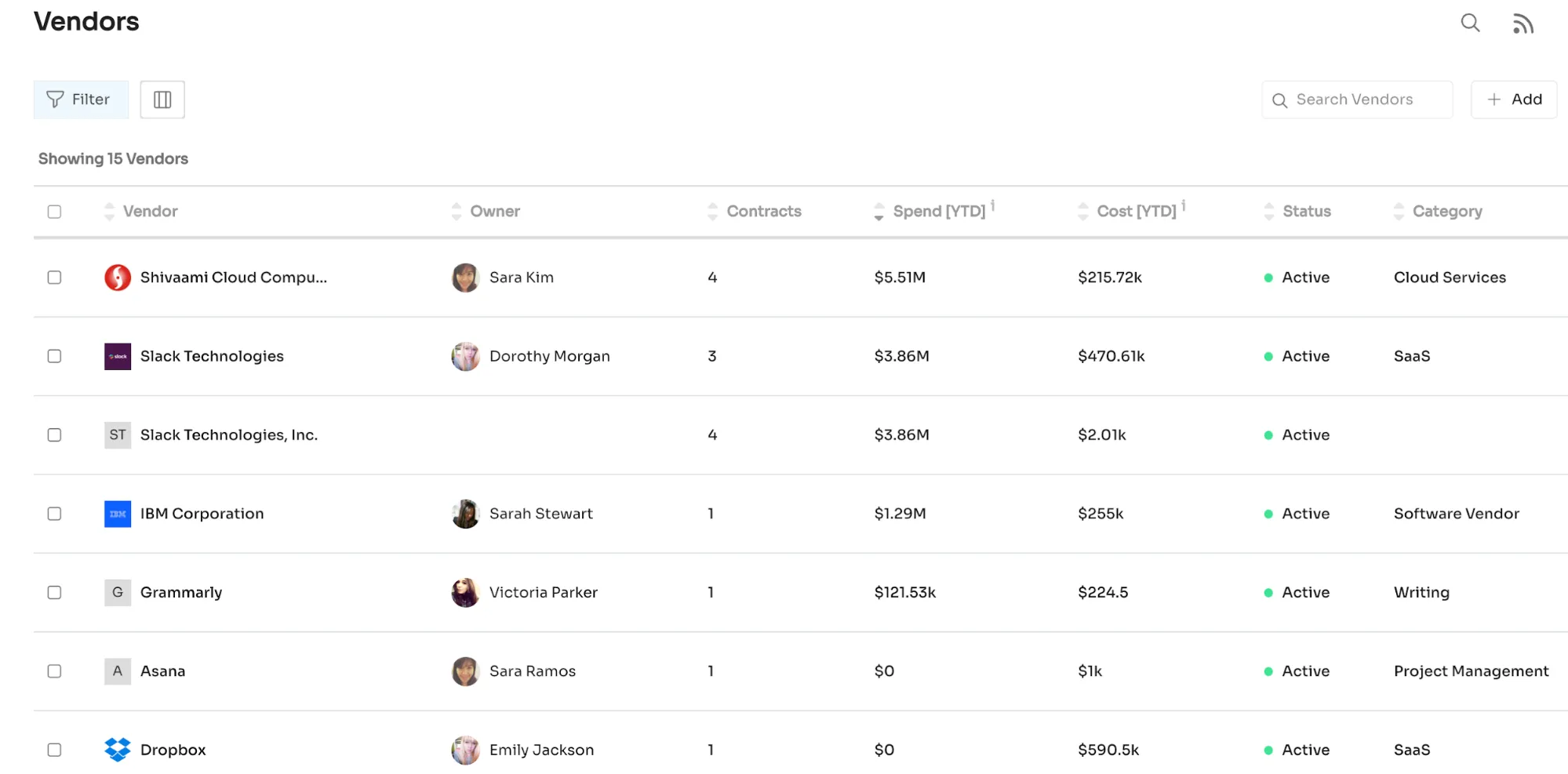
With Zluri, all your contracts are stored contextually with other vendors' information so that you can access them when required, with complete asset efficiencies during renewals, audits, termination, etc. Thus, it accelerates both vendor and contract management.
We give you a complete picture of the critical assets or apps with high threat levels and risk scores with risk levels. It alerts you not to use the critical apps that can impact your data confidentiality and prevent your data from cyber-attacks. We help you maintain SaaS compliance and make you audit-ready for audit trails.
Besides, we offer security and compliance information for each SaaS application, including events, data shared information, compliance, and security probes. Last but not least, Zluri also automates IT tasks like provisioning, app requestions, deprovisioning, etc.
12 Best Cloud Asset Management Software
Let's explore our curated list of the 12 best cloud asset management solutions:
1. Apptio Cloudability
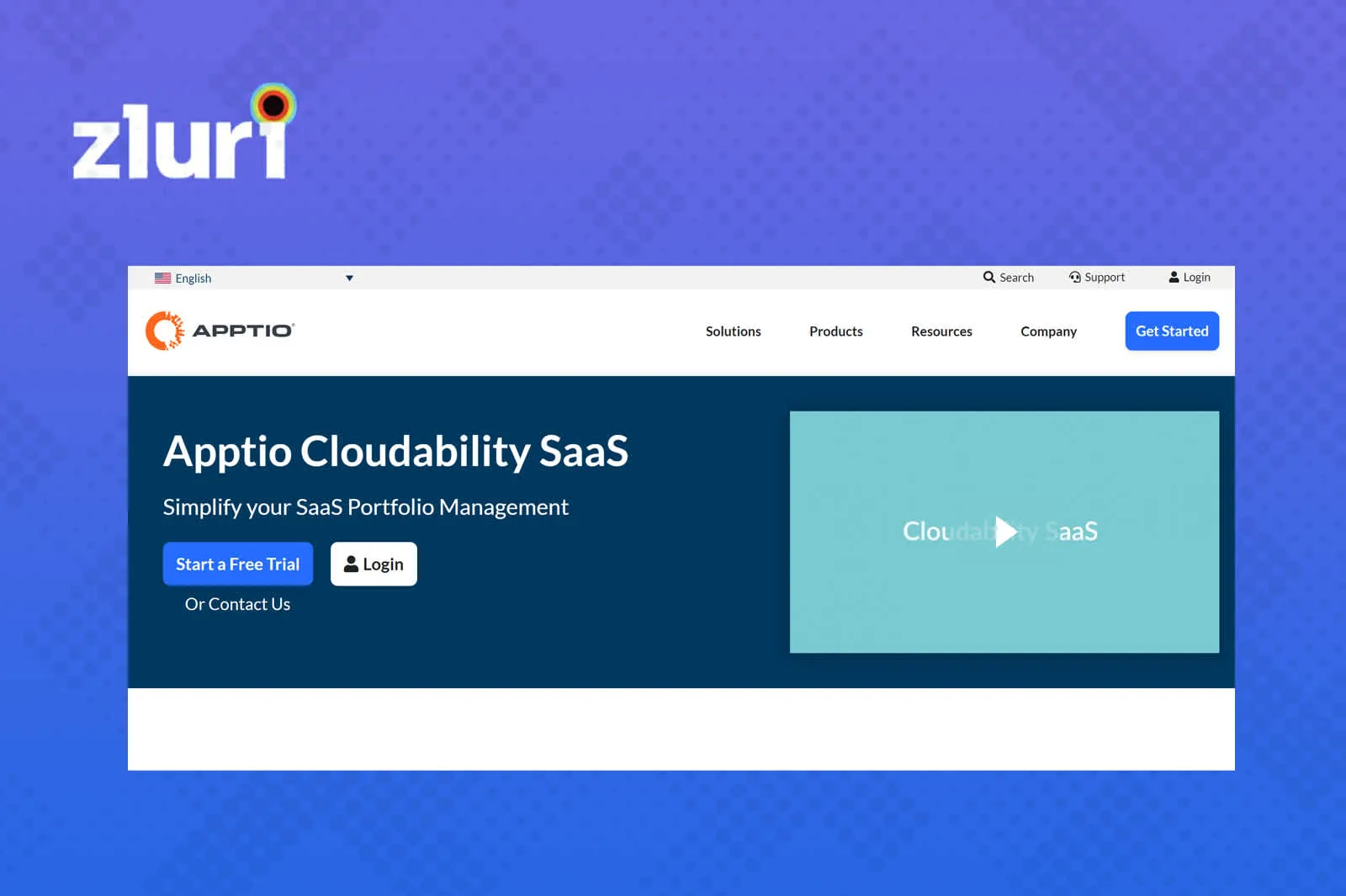
Apptio Cloud Ability is a cloud asset management solution that enables IT teams to optimize cloud resources for speed, cost, and quality. It allocates all your cloud costs, including containers and support charges. It ensures a complete chargeback of cloud costs to the business.
It leverages the rightsizing capabilities across significant cloud services to reduce operating expenses and future investments. It enables team ownership of cloud spending and relates it to business value for better strategic decision-making.
Features
- Gain comprehensive visibility into your cloud assets, helping you monitor and manage them with precision
- It provides tools and insights for optimizing cloud resources to achieve maximum speed, cost-efficiency, and quality.
- Continuously monitor cloud assets to ensure they align with your organization's needs and objectives.
- Effectively control and manage cloud-related expenses to stay within budgetary constraints.
Customer Rating
- G2: 4.5/5
2. ManageEngine AssetExplorer

ManageEngine AssetExplorer is a comprehensive IT Asset Management software tool designed to oversee and control assets across their entire lifecycle, from planning to disposal.
AssetExplorer offers multiple avenues for thorough asset discovery within your organization, ensuring that no asset goes unnoticed.
Its user-friendly installation and straightforward interface make it accessible for organizations to manage software and hardware assets efficiently throughout their lifecycles.
With ManageEngine AssetExplorer, you can effortlessly record software licenses, ensure compliance with software licenses, and track purchases and contracts
features
- Identify and catalog your organization's types of assets (software and hardware assets) for complete visibility.
- From initial planning to responsible disposal, end-to-end IT asset lifecycle management
- Gain insights into the total value of your IT assets at any moment, aiding in inventory tracking, financial planning, and decision-making.
- Ensure compliance with software licenses by controlling distribution, enforcing policy adherence, and meeting contract and regulatory requirements.
- Make well-informed decisions regarding hardware and software acquisitions throughout the IT lifecycle, optimizing resource allocation and cost-effectiveness.
Customer Rating
- G2: 4.2/5
3. ServiceNow
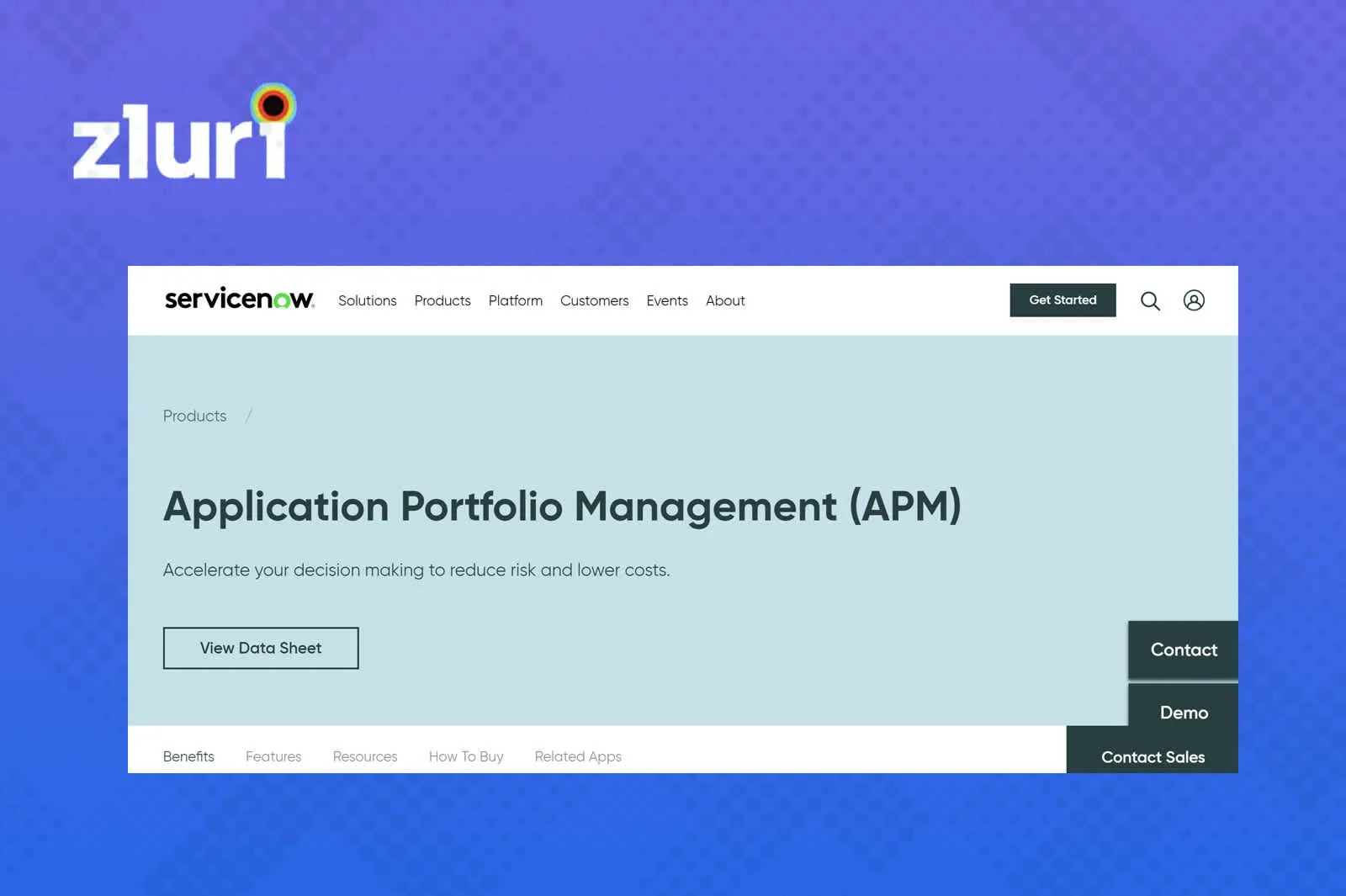
ServiceNow cloud asset management solution optimizes your IT operations to reduce cloud spending, manage hybrid cloud services and compliance, and minimize business risk.
This asset-tracking software helps you schedule daily asset operations and maintain audit and change management. It governs the discovered and provisioned network devices, mobile devices, and IT assets. It delivers secure and auditable services across multi-clouds with governance.
ServiceNow Discovery feature provides visibility to IaaS, PaaS, FaaS, and CaaS from major cloud service providers like AWS, Google Cloud, Azure, and IBM Cloud.
Features
- Users can report and resolve issues independently through a user-friendly self-service portal.
- The system allows for tracking the progress of reported issues, ensuring transparency and accountability.
- ServiceNow can manage financial aspects, including budgeting, expenses, and cost analysis.
- It tracks contractual information of asset tracking related to hardware, software, and virtual infrastructure.
- ServiceNow keeps a comprehensive inventory of hardware, software, and virtual resources, aiding in efficient resource allocation and management.
Customer Rating
- G2: 4.5/5
4. CloudHealth by VMware

CloudHealth by VMware is a cloud asset management platform that delivers insights into your digital assets to help you optimize cloud costs, improve governance, and strengthen your cloud security posture.
It streamlines IT operations by creating custom reports and policies that automate daily cloud operations, help in decision-making, and reduce risk. It prevents lateral movements with a real-time cloud configuration security platform. It protects data and infrastructure resources in the cloud asset inventory.
Features
- Provides a real-time view of the security status of both cloud and Kubernetes deployments, covering infrastructure and application elements.
- It offers increased visibility into sensitive data within the digital environment, helping users pinpoint potential security risks.
- The solution detects and alerts users to risky behaviors that could lead to security breaches, allowing for proactive mitigation.
- It facilitates better risk management through proactive incident response, ensuring a robust security posture for cloud and Kubernetes environments.
Customer Rating
- G2: 4.2/5
5. Zesty
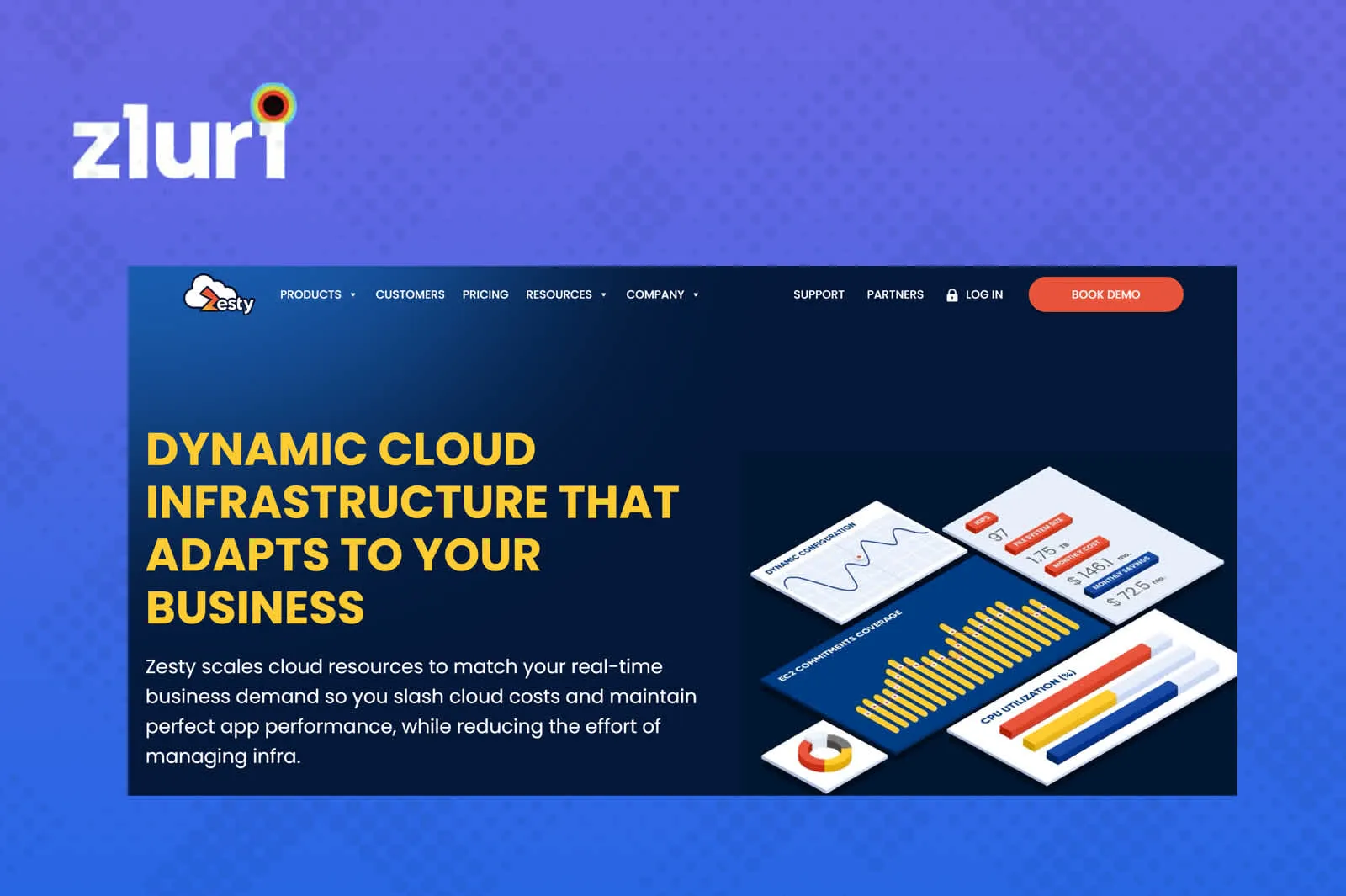
Zesty is a cloud-based asset manager that reduces cloud costs and maximizes efficiency with cloud automation. It automatically reduces your storage costs and improves your performance. It auto-scales the cloud resources to fit the real-time mobile application requirements.
It helps to collect usage performance metrics from real-time data. It gives complete visibility to the cloud infrastructure in the organization.
Features
- Zesty offers optimization solutions for compute resources, allowing organizations to scale resources according to their specific requirements.
- Zesty efficiently allocates resources based on application demand, ensuring optimal utilization and cost savings.
- It Provides storage optimization capabilities, helping organizations manage and allocate storage resources effectively.
- The tool offers container-specific optimization solutions, making cloud infrastructure more dynamic and adaptable to changing business needs.
Customer Rating
- G2: 4.8/5
6. BMC

BMC multi-cloud asset management ensures migrations to the cloud with guidance on assessing what to migrate, its cost, and how to keep it secure. It helps to create and execute a hassle-free cloud migration.
It simulates migrations and assists in forecasting costs. It also helps establish cloud asset visibility and governance to ensure ongoing security and compliance.
With BMC, you can streamline your business service delivery through cognitive automation. In addition, it integrates incident and change management.
It gives comprehensive visibility into multi-cloud environments. It ensures seamless inventory, security, migration, asset audit, and change management.
Features
- Users can create customized reports and transform them into interactive dashboards for comprehensive data visualization.
- The solution includes incident and problem management functionalities, capable of identifying and resolving recurring incidents.
- BMC keeps a record of IT configuration changes and proactively detects potential change collisions.
- Its asset management capabilities enable organizations to manage the entire lifecycle of IT assets, from procurement to end-of-life disposal.
Customer Rating
- G2: 4.4/5
7. Densify
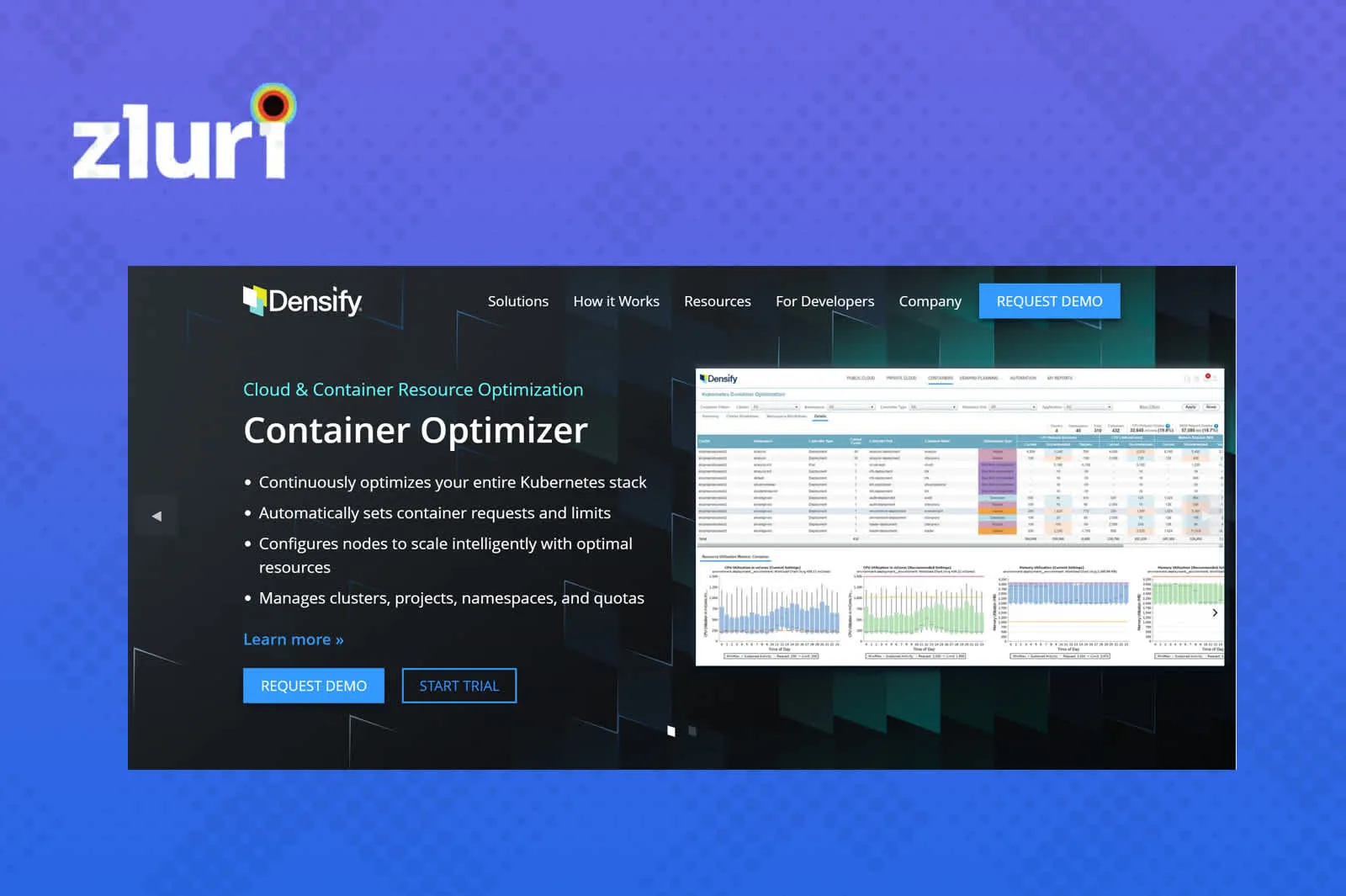
Densify is a cloud asset management platform that optimizes cloud asset inventory and container resources. It optimizes your complete Kubernetes stack. It automatically sets container requests and limits.
It reduces risks and cloud costs with machine learning-based data, which optimizes consumption to eliminate waste and over-provisioning. It leverages capacity reservations and savings plans in custom fields.
Densify integrates with management and provisioning systems to constantly provide optimal resource specifications and location of assets.
Features
- It provides tools for setting budgets, predicting future expenses, and controlling spending within those predefined budgets
- Densify helps track and allocate expenses associated with shared resources or services, ensuring transparency and accountability in cost-sharing.
- It provides visibility into resource usage patterns and helps identify areas where resource allocation can be optimized.
Customer Rating
- G2: 4.6/5
8. Flexera
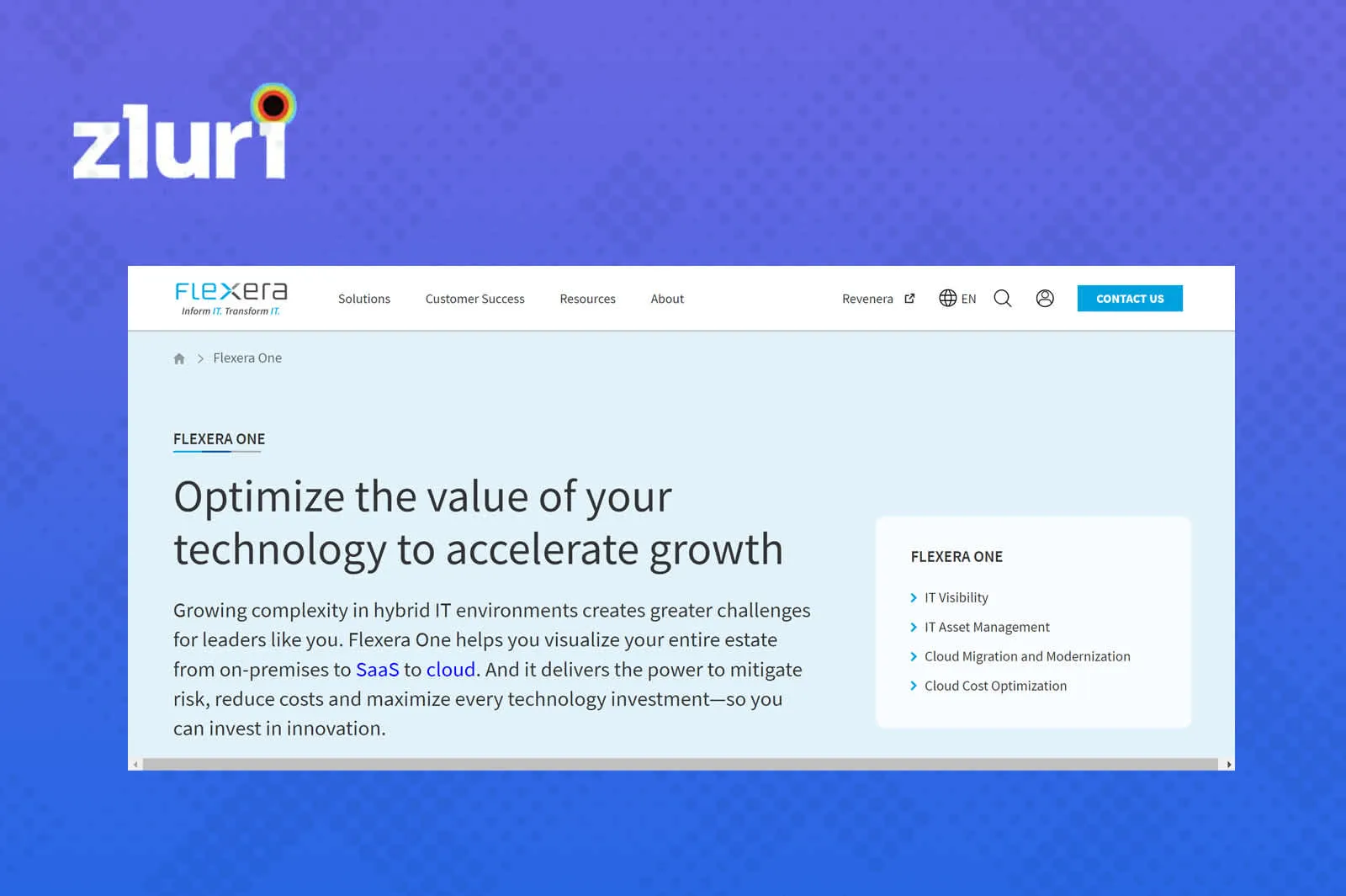
Flexera One is a software asset management platform that helps you visualize the entire cloud estate, asset history, asset type and make data-driven decisions from on-premise to SaaS to cloud. It provides complete visibility into a cloud transformation strategy's cost-saving opportunities and potential risks.
With Flexera One, you get a comprehensive set of cloud management abilities to implement processes across your cloud environment. It gives you automated recommendations that help your organization identify non-optimized resources on an ongoing process.
It helps you gain control over your multi-cloud costs, financial assets, and eliminate waste. IT teams manage and optimize cloud spending and maintain cloud governance.
Features
- New users can leverage its extensive capabilities to quickly deploy private and hybrid clouds.
- It enables existing users can enhance their business results through automation, governance, and cost optimization across various cloud environments and servers.
- Customer service and support are available through multiple channels, including mobile devices, email, documentation, and additional support measures.
Customer Rating
- G2: 3.7/5
9. Snow
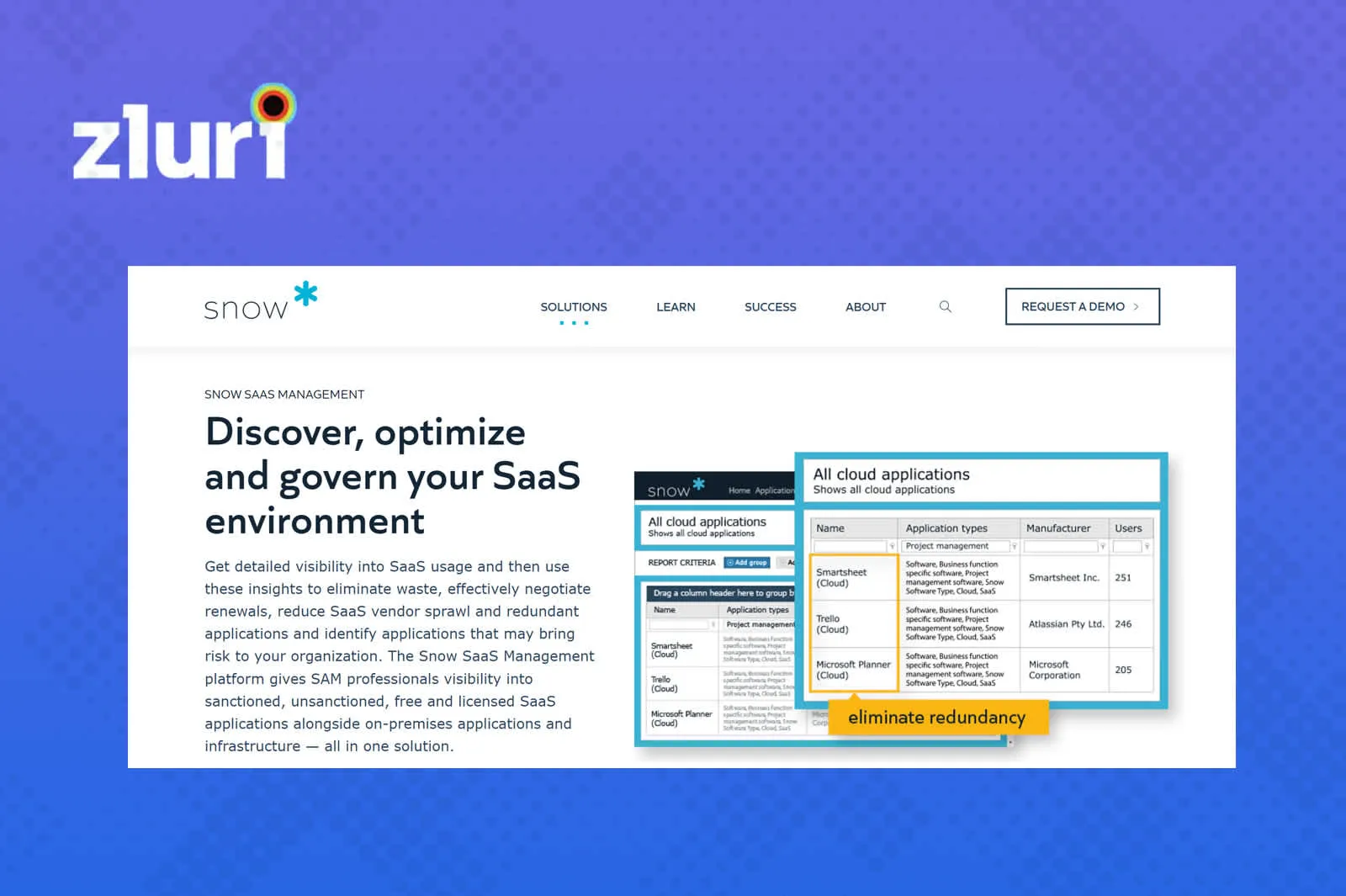
Snow cloud cost platform provides usage and cost across all cloud-based services, including AWS, Microsoft Azure, Google Cloud Platform, and Kubernetes. It also provides savings recommendations and custom reporting for computing, storage, database, and networking areas.
It helps you allocate costs to business units and review customized reporting, forecast, and budget cloud spending. It offers in-depth visibility into current assets, multi-cloud usage, spending, and contract renewals.
It monitors daily cloud consumption and helps you receive cost spike alerts that assist you in investigating or suspending anomalous activities.
Features
- Snow Cloud Cost generates informative dashboards that provide a comprehensive overview of usage, expenditures, and potential cost-saving opportunities in public cloud usage
- It provides extensive visibility and issues alerts when expenditures exceed predefined limits.
- It employs AI/ML capabilities to identify unusual usage patterns.
Customer Rating
- G2: not available
10. Azure Arc
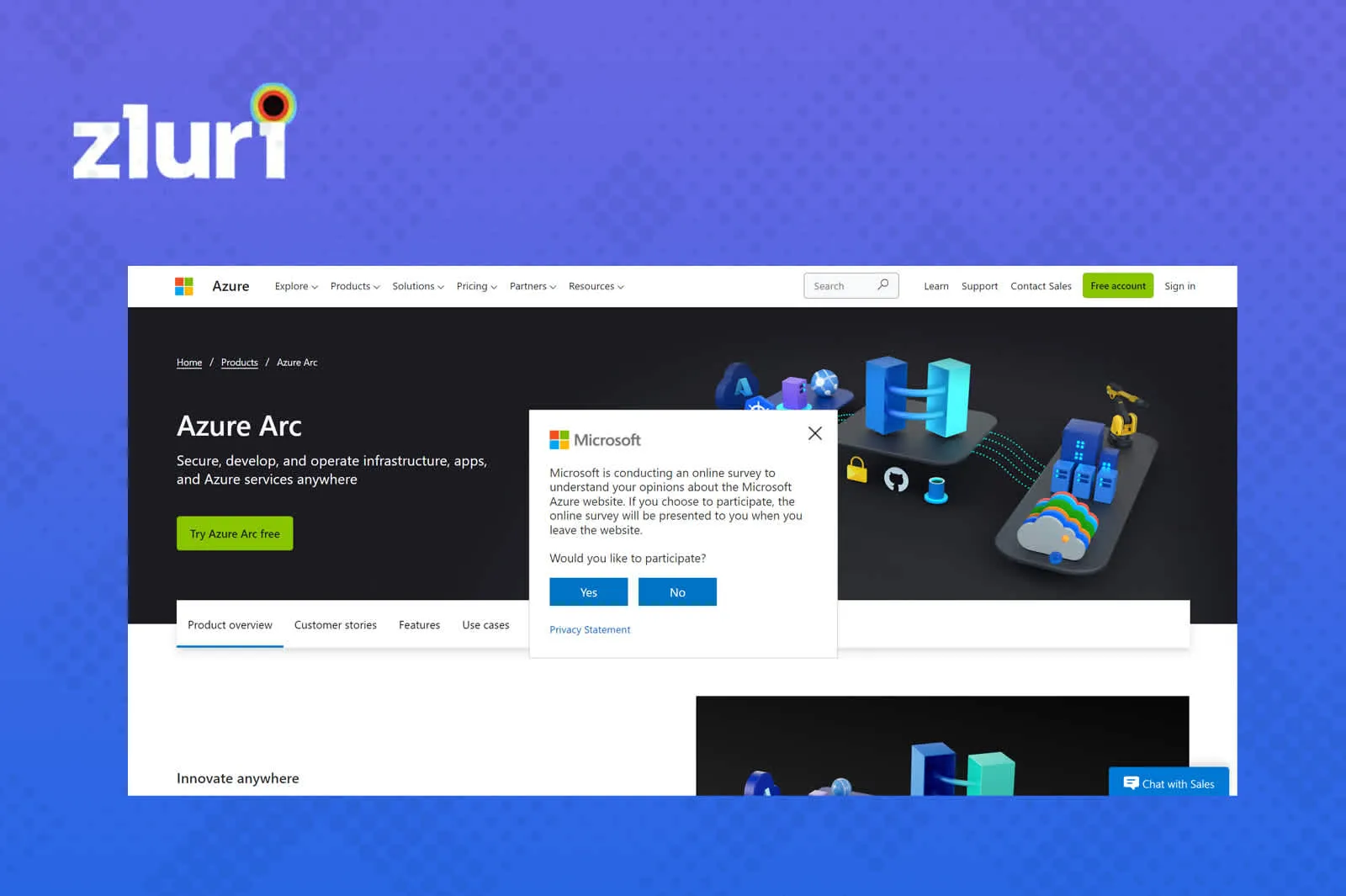
Azure Arc is a cloud management platform that simplifies complexities across multi-cloud. It centrally manages a wide range of digital assets and resources, including Kubernetes, Azure services, and more.
This invaluable tool helps you to meet cloud governance and compliance requirements. It enables the deployment of Azure services and extends Azure asset management to any infrastructure with unlimited users.
features
- Accelerate application development with a seamless solution encompassing local data collection, storage, and real-time analysis.
- Minimize administrative burdens and mitigate risk by incorporating integrated security and governance tools for data management.
- It enhances operational efficiency by implementing uniform data and AI tools, services, and automation across the board.
Customer Rating
- G2: 4.2/5
11. Nutanix
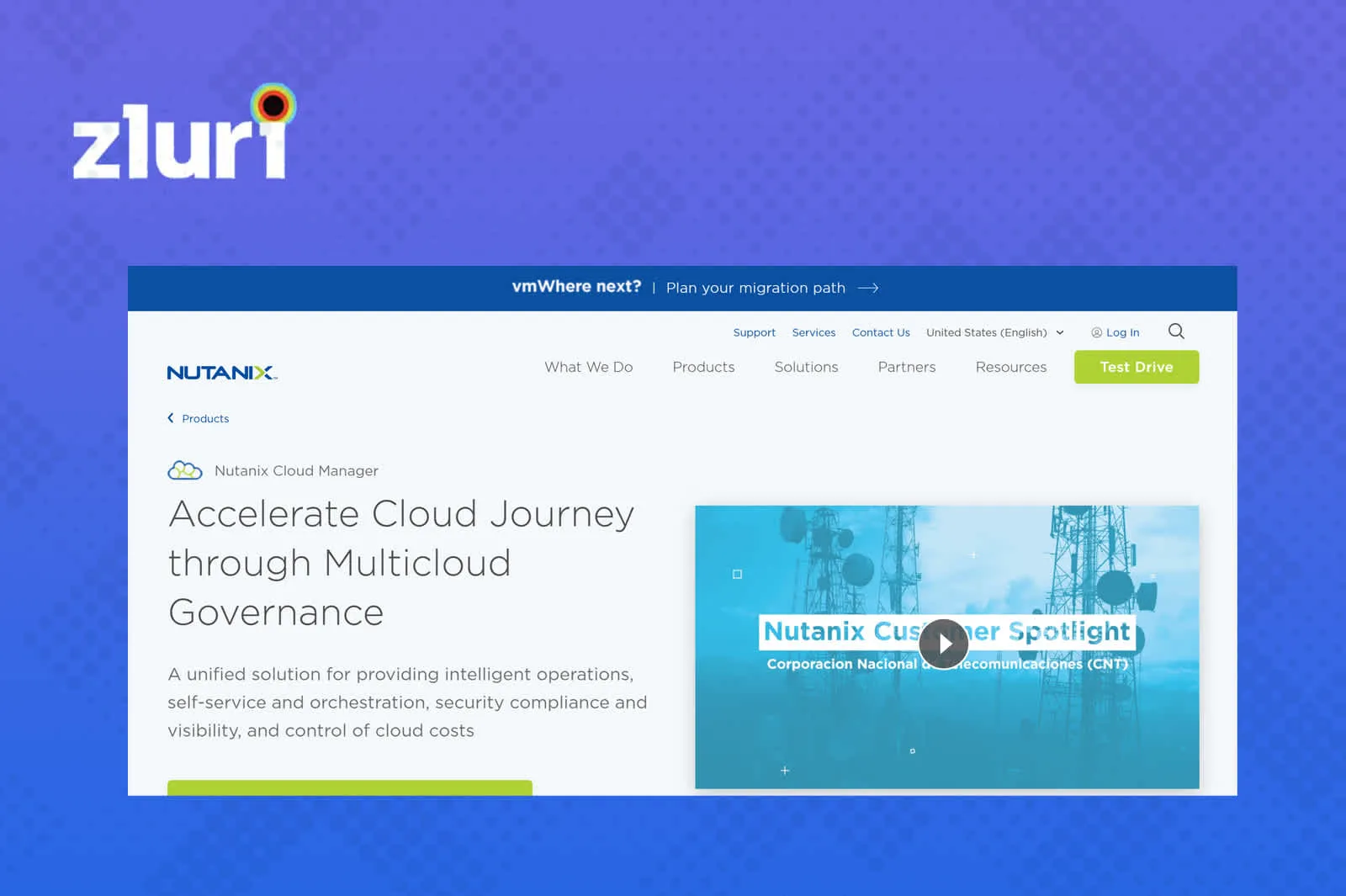
Nutanix Cloud Manager is an asset-tracking software facilitating hardware assets, software assets, and the whole asset lifecycle. This software asset management tool helps you manage cloud operations, software license compliance, visibility, and control costs. It optimizes capacity, proactively detects performance anomalies, and automates operational tasks.
It streamlines digital asset management, deployment, service requests and scale applications with self-service and centralized role-based IT governance. It assists IT teams in automating their operational tasks and improving operations productivity.
It automatically creates cloud consumption reports and asset scans, defines chargeback policies to allocate any unattended spending to a cost center, and sets up budget alerts to keep costs under control.
Features
- It helps in capacity optimization, detects performance irregularities proactively, and automates operational functions intelligently.
- The tool simplifies virtual asset management, deployment, and scalability through self-service features and centralized role-based IT governance.
- It promotes financial responsibility and unifies security operations by utilizing intelligent analysis and ensuring compliance with regulations
Customer Rating
- G2: 4.5/5
12. Asset Panda

Asset Panda is a cloud-based asset management software tool tailored for IT asset discovery and management. This software provides organizations with a streamlined approach to monitor and control their IT assets effectively. Asset Panda provides API support for extending functionality and connecting with external applications and databases. With Asset Panda, users can effortlessly oversee all their IT assets through a centralized platform.
To sum up, Asset Panda helps organizations efficiently oversee their IT assets, providing a centralized hub for tracking and managing them throughout their lifecycle.
Features
- Asset Panda specializes in the discovery and management of IT assets. This includes hardware like computers, servers, and network equipment, as well as software licenses and configurations.
- Asset Panda can integrate with other software and systems, such as IT service management (ITSM) tools and procurement systems, for seamless data sharing.
- Asset Panda consolidates all IT asset-related functions and data into one central platform. This centralization simplifies asset tracking, making it easier for organizations to accurately record their IT assets' location, condition, and status.
- Asset Panda's IT asset discovery capabilities cover all the capabilities of IT asset discovery tools. It supports the thorough identification of an organization's entire IT infrastructure.
- Asset Panda can accommodate the needs of both small and large organizations, making it suitable for businesses of various sizes.
Customer Rating
- G2: 3.9/5
Frequently Asked Questions (FAQs)
1. What is cloud asset management?
Cloud asset management refers to the practice of tracking and managing the assets' life cycle and resources within a cloud computing environment. It involves monitoring, optimizing, and maintaining various cloud resources, such as virtual machines, storage, and applications, to ensure cost-efficiency, security, and compliance.
2. What are the types of asset management?
The different types of asset management typically include:
- Financial Asset Management: This involves managing financial assets such as stocks, bonds, and other investment instruments to maximize returns while minimizing risk.
- IT Asset Management: IT Asset Management is one of the most common types of asset management focusing on managing an organization's IT assets, including hardware, software, and network resources, to optimize their utilization, track licenses, and enhance security.
- Enterprise Asset Management (EAM): This approach encompasses the comprehensive management of an organization's physical and digital assets, often including maintenance, procurement, and lifecycle management.
- Infrastructure Asset Management: Concentrating on efficiently managing infrastructure assets such as roads, bridges, utilities, and public facilities to ensure their reliability and longevity.
- Asset Liability Management: Primarily used in financial institutions, this involves managing assets and liabilities to balance risks, maximize returns, and meet regulatory requirements.
- Asset Performance Management: This focuses on improving the performance and reliability of assets through predictive maintenance, analytics, and data-driven insights.
- Digital Asset Management (DAM): Involves the organization and retrieval of digital assets such as images, videos, documents, and creative files for efficient use and distribution.These are some of the common types of asset management, each tailored to specific asset categories and organizational needs.
3. What is the process of asset management
Asset management is a systematic process that involves the acquisition, maintenance, utilization, and disposal of assets to achieve specific objectives efficiently and effectively.
4. What is asset lifecycle management?
Asset Lifecycle Management (ALM) is a holistic approach to overseeing assets from acquisition to disposal. It involves a complete picture of planning, procurement, deployment, operation, maintenance, and retirement of assets to optimize their value, control costs, ensure compliance, and align with organizational objectives. Asset Lifecycle Management aims to enhance asset utilization, minimize ownership costs, and prolong asset lifecycles while complying with regulations and achieving sustainability.









.svg)














